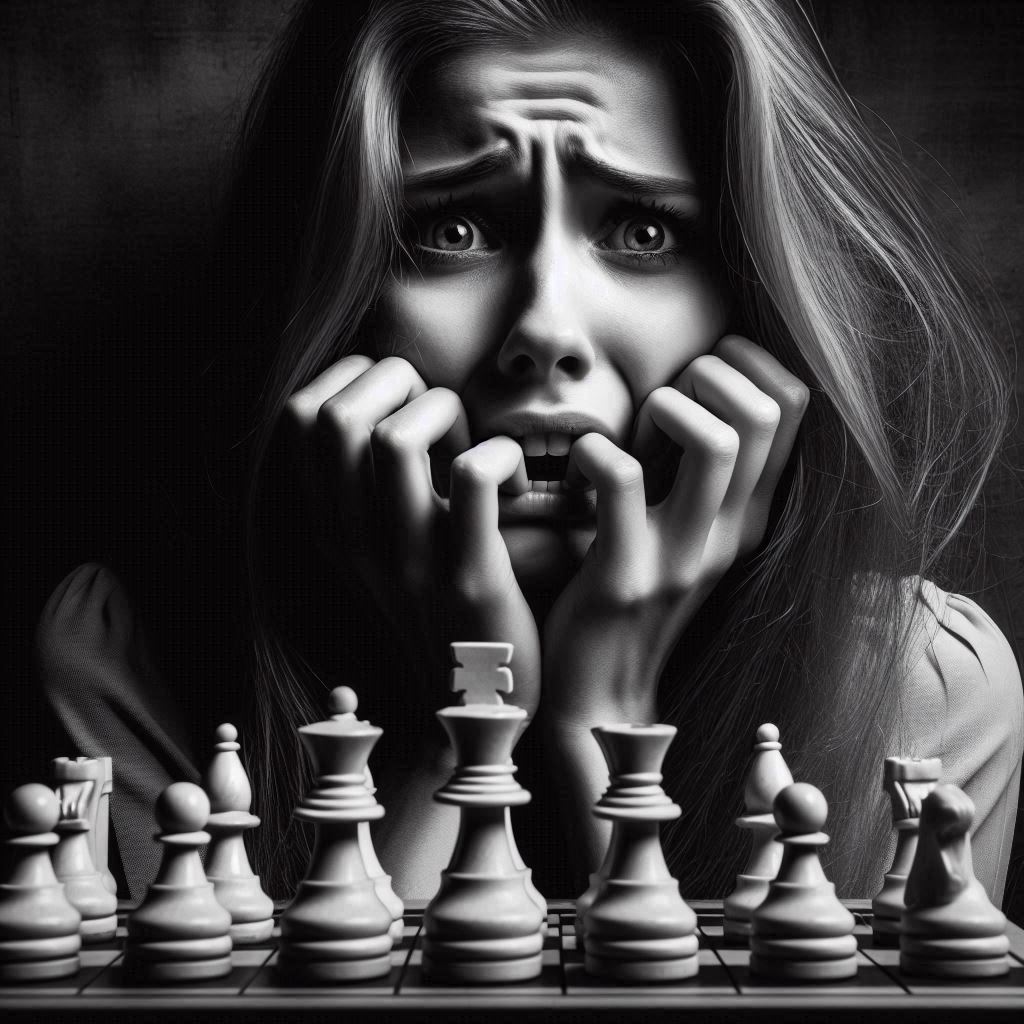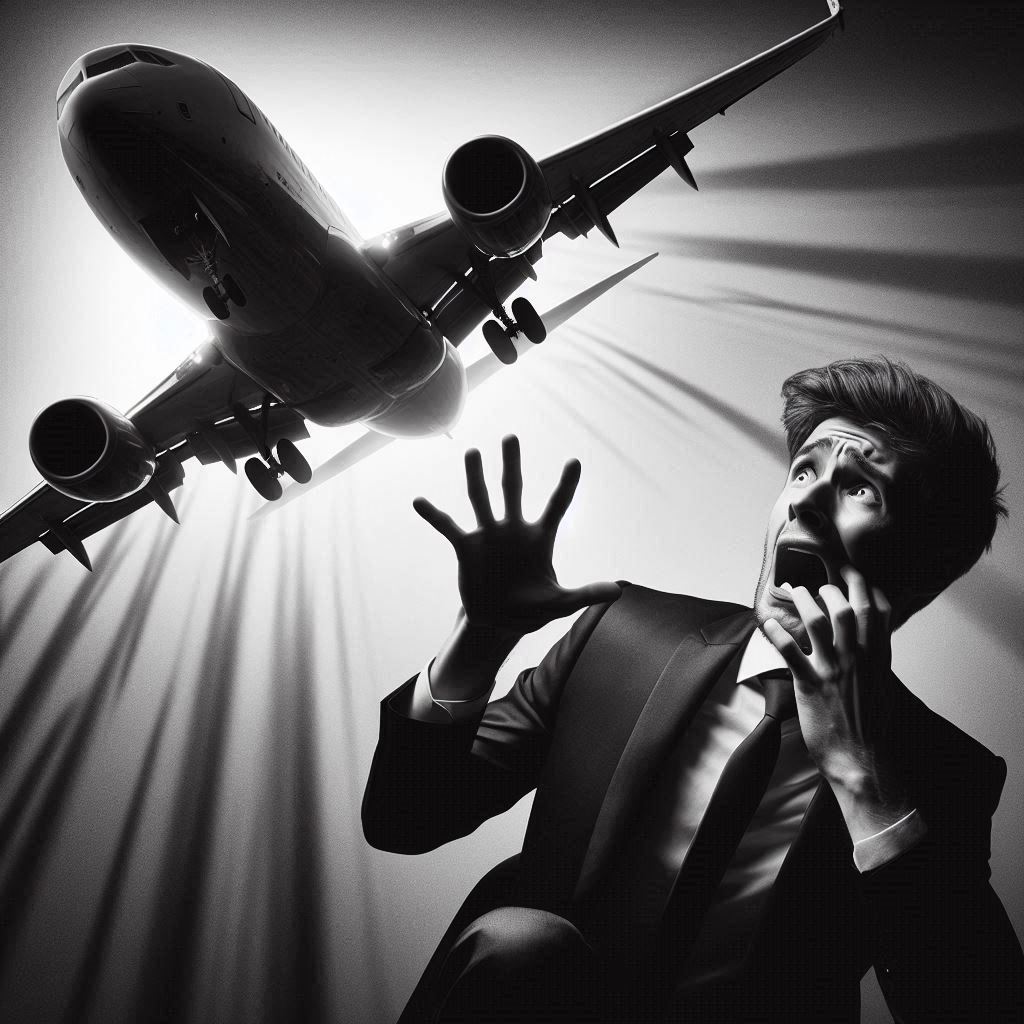Why does the idea of teens send some people into a panic? Ephebiphobia, an irrational fear of teenagers, is a growing issue in today’s society.
Many individuals view teens as unpredictable or even dangerous, leading to avoidance and anxiety. This misconception isn’t new—its roots trace back to ancient times, but it feels more relevant than ever.
Overcoming this fear can improve community ties, reduce generational gaps, and foster a more inclusive society. Let’s explore why this fear exists and how we can address it constructively.
Defining Ephebiphobia
What is Ephebiphobia?
Ephebiphobia is the irrational fear of teenagers. It might sound strange, but it’s a real thing. People with this fear often find themselves anxious or uncomfortable around young people. They might avoid places where teenagers hang out, like malls or parks.
Origins and History
The term ephebiphobia comes from the Greek words “epheboi” (meaning youth) and “phobos” (meaning fear). It was first used to describe the fear or loathing of teenagers. Today, it’s seen as an exaggerated and often unfounded fear of young people. This fear can stem from various sources, such as:
- Personal Negative Experiences
- Media Portrayals
- Cultural Stereotypes
Categorization Within Phobias
Ephebiphobia falls under the broader category of specific phobias. These are irrational fears about something specific, like spiders (arachnophobia) or heights (acrophobia). Ephebiphobia is closely related to other age-based fears, such as:
- Paedophobia: Fear of children
- Gerontophobia: Fear of the elderly
Common Misconceptions
- Not Just Dislike: Disliking teenagers is not the same as being afraid of them. Ephebiphobia is an intense and often debilitating fear.
- Affects Anyone: This phobia isn’t limited to older adults. People of all ages, including some teenagers, can have ephebiphobia.
- Not Always Obvious: The fear may not always be visible. Some might hide it or rationalize their feelings as distaste or annoyance.
Understanding ephebiphobia helps in recognizing and addressing it. It’s important for creating a society where everyone, regardless of age, feels safe and accepted.
Causes of Ephebiphobia
Psychological Factors
Psychological factors play a significant role in developing ephebiphobia. Sometimes, past traumatic experiences with teenagers can leave deep scars. For instance, if someone has been bullied or harassed by teens, they might associate all teenagers with those negative experiences.
People with anxiety disorders might also develop a fear of teens. The unpredictable nature of adolescence can be unsettling for those who prefer order and predictability. Additionally, those with other phobias or mental health issues may find it easier to develop this specific fear.
Social Influences
Societal attitudes and media portrayal can also contribute to ephebiphobia. Often, teens are depicted negatively in movies, TV shows, and news. They’re frequently shown as rebellious, violent, or disrespectful. These stereotypes can seep into our perceptions, making us wary of all teens.
Consider how adults talk about teenagers. Phrases like “kids these days” or “all teens are so rude” create a blanket view that can shape our thoughts and fears.
Cultural Context
Cultural context is another important factor. Different cultures have different perceptions of teenagers. In some societies, teens are seen as a vital part of the community, full of potential and energy. In others, they might be viewed as troublemakers or a burden.
For example, in Western cultures, there might be an emphasis on teenage independence and rebellion, which can be alarming for older generations. In contrast, some Eastern cultures may view teenagers as a period of learning and respect towards elders, although negative views can still exist.
Understanding these causes can help us better address ephebiphobia and create a more inclusive and less fearful environment for everyone.
Symptoms of Ephebiphobia
The fear can be so intense that just being around teens, seeing them on TV, or even thinking about them can trigger a range of symptoms. Understanding these symptoms can help in recognizing and potentially addressing the fear.
Physical Symptoms
People with ephebiphobia often experience intense physical reactions when they encounter teenagers. These symptoms can be debilitating and include:
- Sweating: When faced with a group of teens, you might find your palms getting sweaty or notice sweat forming on your forehead.
- Rapid Heartbeat: Your heart could start racing, making you feel even more anxious.
- Panic Attacks: In extreme cases, the fear might trigger a full-blown panic attack. This can include shortness of breath, chest pain, and a feeling of impending doom.
- Shaking: Your hands might tremble, or you might feel an overall sense of shakiness.
- Nausea: The sight of teenagers can sometimes make you feel sick to your stomach.
Imagine standing in line at a store and a group of teenagers walks in. If you have ephebiphobia, your body might react as if you’re in a dangerous situation, even though you’re perfectly safe. These physical symptoms can seem overwhelming, making daily life a challenge.
Emotional Symptoms
The emotional toll of ephebiphobia is just as significant as the physical symptoms. These emotional responses can make you feel isolated and misunderstood, impacting your overall well-being.
- Anxiety: Just thinking about encountering teenagers can make you feel extremely anxious. This anxiety might build up before you even leave your house.
- Dread: You might go out of your way to avoid places where teens hang out, like malls or parks, feeling a deep sense of dread at the thought of running into them.
- Feelings of Helplessness: The fear can make you feel powerless, as if you have no control over your reactions or the situation.
- Irritability: Constantly worrying about encountering teenagers can leave you feeling irritable and on edge.
- Social Withdrawal: You might start avoiding social situations altogether. This can lead to feelings of loneliness and depression.
These emotional symptoms can create a vicious cycle. The more you avoid teenagers, the more isolated you might feel, which can worsen your fear and anxiety.
Understanding these symptoms is crucial for anyone dealing with ephebiphobia. Recognizing the physical and emotional signs can be the first step towards seeking help and improving your quality of life.
Effects of Ephebiphobia
Ephebiphobia, the irrational fear of teenagers, can have profound effects on both the individuals experiencing the phobia and those around them. These effects can tarnish personal relationships, disrupt social interactions, and diminish overall quality of life.
Social Isolation
When someone fears teenagers, they often go out of their way to avoid places where teens gather. This avoidance can lead to missing out on important social activities and gatherings. Imagine skipping family events, community functions, or even simple trips to the mall just to steer clear of teens.
- Fear-Based Avoidance: This kind of avoidance can make one’s world smaller and smaller. You might start missing out on activities you once enjoyed.
- Lack of Interaction: Not interacting with teens can create a gap in understanding and empathy between different age groups. This gap can make it even harder to overcome the fear.
- Loneliness: Over time, this can lead to social isolation. Nobody wants to feel cut off from their community or family, but the fear can make you feel like an outsider in your own life.
Discriminatory Attitudes
Ephebiphobia can also result in negative attitudes and discriminatory behavior towards teenagers. These attitudes often manifest in everyday interactions and societal norms.
- Negative Stereotyping: When you fear teenagers, you might start to believe in unfair stereotypes. You could think all teens are violent or rebellious, even though this isn’t true for most.
- Judgmental Behavior: This mindset can lead to treating teens unfairly, like assuming they’re up to no good without any evidence.
- Impact on Teens: Teens are at a stage where they’re forming their identity. Negative attitudes can damage their self-esteem and make them feel undervalued and misunderstood.
The fear of teenagers doesn’t just affect the individual with the phobia; it impacts society as a whole. By isolating oneself and adopting discriminatory attitudes, the fear perpetuates a cycle of misunderstanding and alienation, making it important to address and overcome these fears.
Treatment Options for Ephebiphobia
Thankfully, there are several effective treatment options available to help manage and overcome this phobia. Here, we discuss some of the most popular therapeutic approaches and medications used to treat ephebiphobia.
Therapeutic Approaches
Therapy is often the first line of treatment for ephebiphobia. A few of the most effective therapies include:
- Cognitive-Behavioral Therapy (CBT): CBT is one of the most recommended treatments for phobias. It helps individuals identify and challenge the irrational thoughts that fuel their fear of teenagers. Through CBT, people learn to replace these negative thoughts with more realistic ones, which can reduce anxiety over time.
- Exposure Therapy: This therapy involves gradually exposing the person to the source of their fear in a controlled and safe environment. For example, someone with ephebiphobia might start by looking at pictures of teenagers, then gradually progress to interacting with them directly. The idea is to desensitize the person to the fear trigger, making it less frightening over time.
There are other therapeutic approaches that can complement CBT and exposure therapy:
- Mindfulness-Based Stress Reduction (MBSR): This technique involves mindfulness meditation and stress management practices that can help reduce the overall anxiety level, making it easier to manage specific phobias like ephebiphobia.
- Hypnotherapy: This therapy can help by accessing the subconscious mind to change the fearful responses associated with adolescents.
Medication
In some cases, medication may be prescribed to manage the anxiety symptoms associated with ephebiphobia. Medications can be particularly useful when therapy alone is not enough.
Here are some common types of medications used:
- Antidepressants: These can help by addressing the underlying mood disorders that often accompany severe phobias. Selective serotonin reuptake inhibitors (SSRIs) are a common type of antidepressant used.
- Anti-Anxiety Medications: Drugs such as benzodiazepines can provide temporary relief from acute anxiety symptoms. However, these are generally prescribed for short-term use due to the risk of dependency.
- Beta-Blockers: These medications are often used to manage the physical symptoms of anxiety, such as rapid heartbeat and trembling.
It’s important to consult with a healthcare professional to determine the best course of action for treating ephebiphobia. With the right combination of therapy and medication, individuals can significantly improve their quality of life.
Conclusion
Understanding ephebiphobia is crucial for fostering better relationships and social harmony. Teens are a vital part of our community, and fearing them does more harm than good. By recognizing and addressing this irrational fear, we can create more inclusive and empathetic spaces.
Start by reflecting on your perceptions. Make efforts to connect with and understand the younger generation. Seek professional help if needed.








